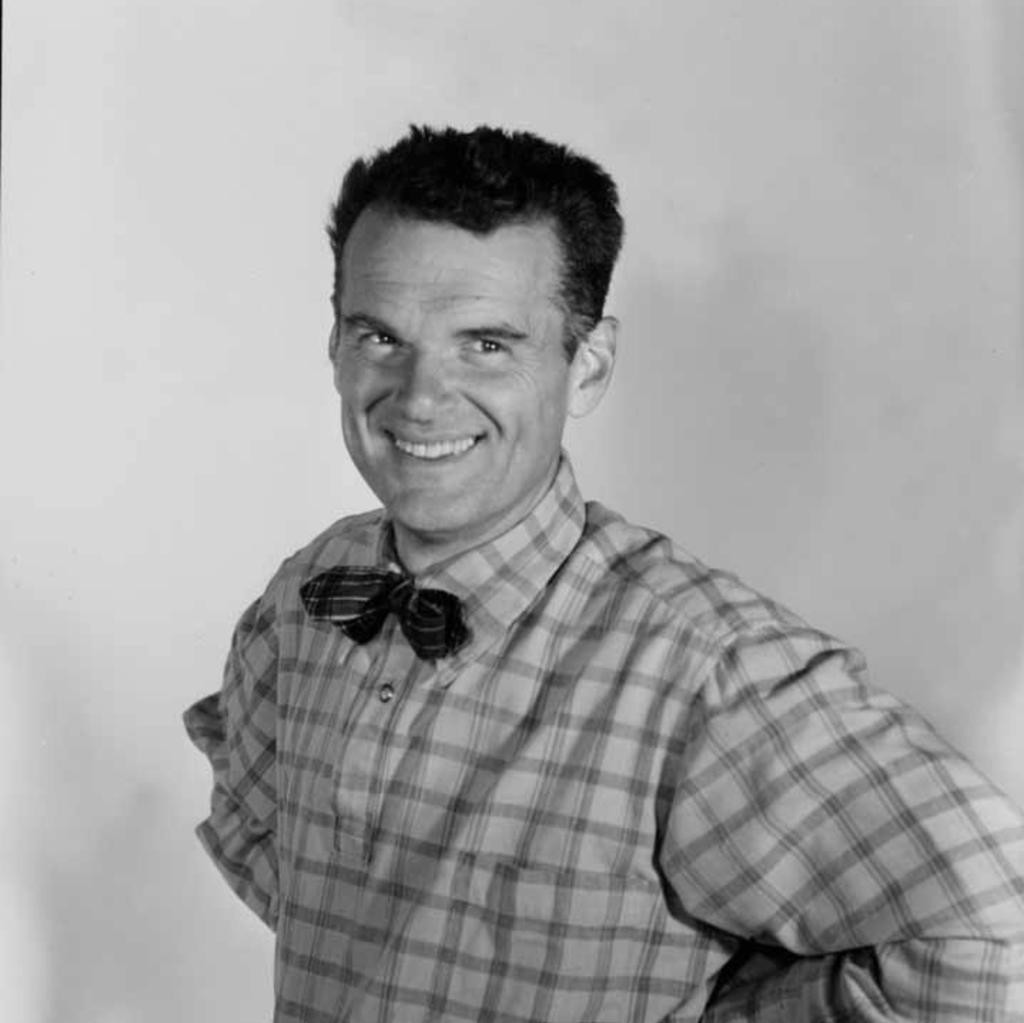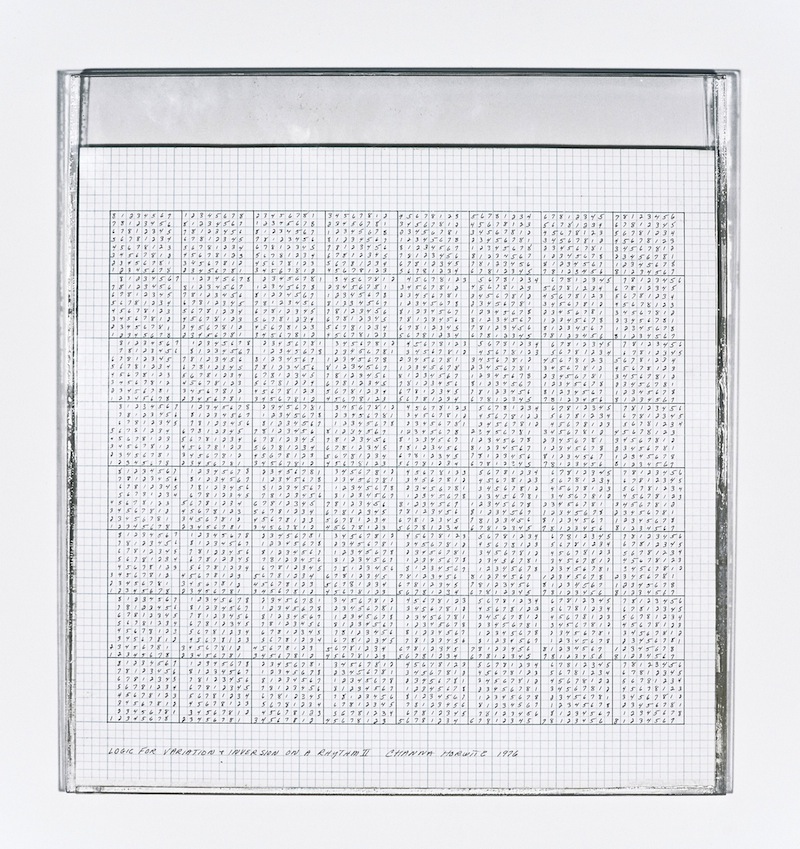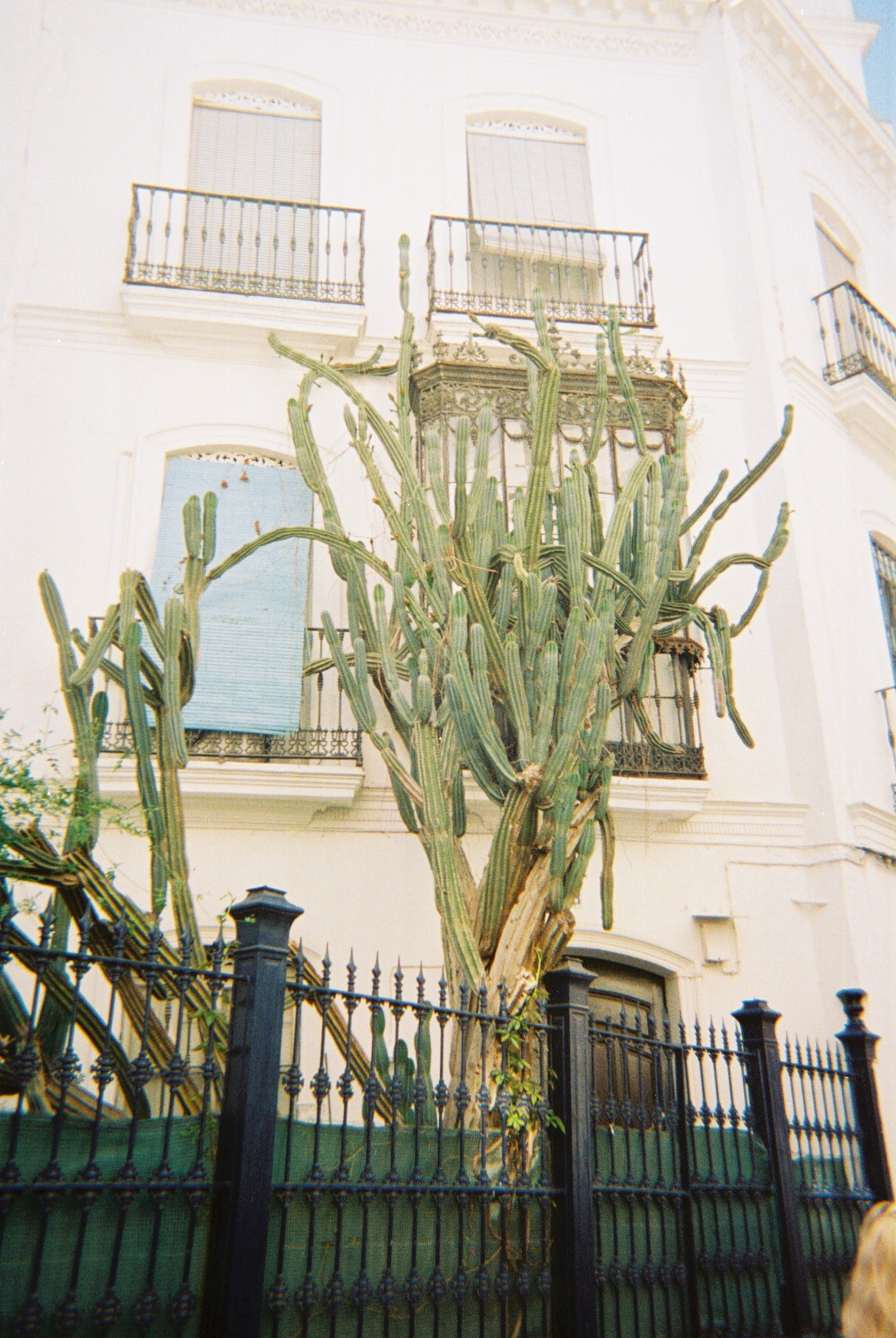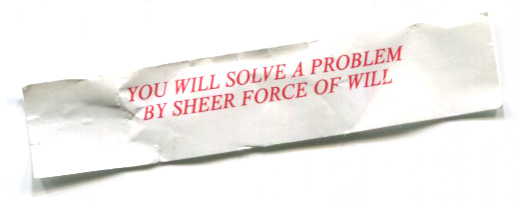Quotes from Alison Moloney’s essay in The World of Charles and Ray Eames regarding the couple’s uniform-esque attire.
Their relaxed, workwear aesthetic was an integral part of a carefully considered image, one that complemented the practice of the Eames Office, its philosophy and the Eameses’ own resolute work ethic.
Moloney, Alison. “The Dress of Charles and Ray Eames.” The World of Charles and Ray Eames. Ed. Catherine Ince with Lotte Johnson. London: Thames & Hudson Ltd in association with Barbican Art Gallery, 2015. 149.

Photo of Ray Eames in her standard pinafore dress (image source)
Ray’s aesthetic was feminine – unsurprisingly so, given the era in which she was working – but it is the habitual wearing of the same style that is most telling, and which, instead, reveals her to be uncompromising and non-conformist.
Moloney. The World of Charles and Ray Eames. 149.

Photo of Charles Eames in bowtie and checked pullover shirt (image source)
His shirts were well worn, as evidenced by numerous repairs, and reflected the Eames’ make-do-and-mend mentality, which extended to all aspects of their lives, from their routinely darned pillowcases to their wedding-gift toaster, which was said to be constantly repaired.
Moloney. The World of Charles and Ray Eames. 151.




